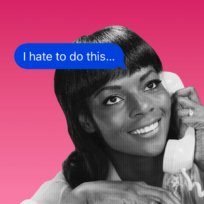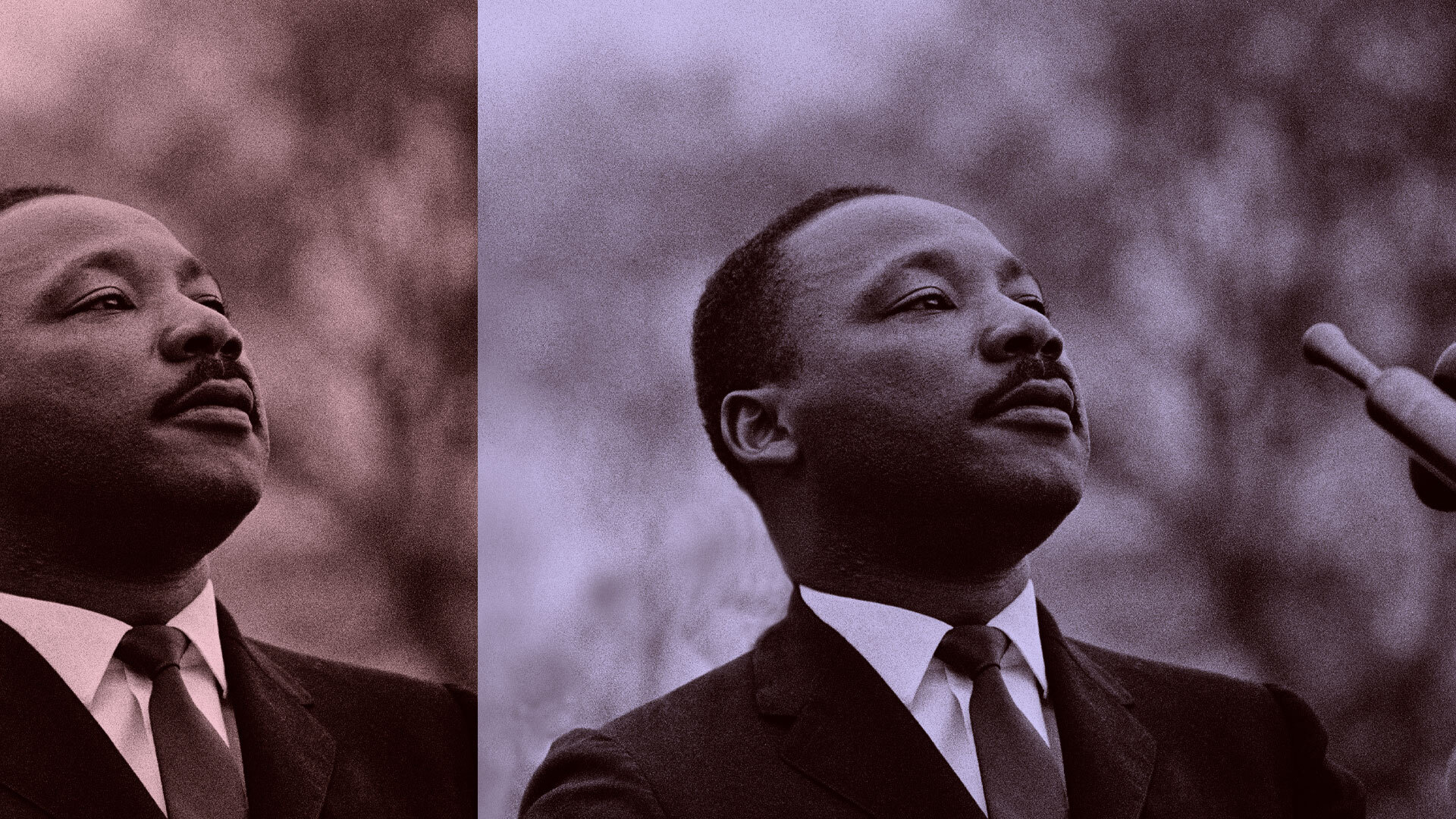Delivered at the March on Washington for Jobs and Freedom in August 1963, the “I Have A Dream” speech has had its most famous excerpts transmitted into almost every classroom in almost every school in the United States. For the holiday that bears his name and the month of history that represents his background, Dr. King’s words are repeated and marked across the nation, etched eternally into the American soul. And yet, the fate of this speech and the legacy of the man who gave it has been distorted, undermined, exploited, stretched, contorted and abused to operate for the exact opposite ends after his death for which they worked during his life. All because he spoke about race.
“I have a dream that my four little children will one day live in a nation where they will not be judged by the color of their skin but by the content of their character.”
If you have heard this once, you have heard it a thousand times. The quote is a favorite of everyone from earnest white liberals to “colorblind” conservatives to inveterate racists who wouldn’t stop to spit on a Black person on fire. And it’s no question as to why: Shorn of context and set on their own, the words can be used to defend almost anything—tokenism and disinterested diversity initiatives, redlining and underinvestment in Black communities, why Black college graduates have less wealth than white high school dropouts, how affirmative action is actually “racist” against white people. With the right emphasis on the wrong ideas, Dr. King can now condone white supremacy by removing Black subjugation from the equation.
The easy temptation is to argue with this characterization, to wrest the words back from those who would, with their ignorance or malice, misconstrue the heavy weight of his expression into a light and frothy sentiment. Clap back, snap back: It happens almost every time someone abuses the quote for nefarious purposes, and the impulse comes from good intentions. The retort to the distortion almost inevitably tries to reclaim what Dr. King, as a fervent and peaceful warrior on behalf of integration and equality, meant for us to hear. But the impact is erased almost as soon as the salvo is made, because every response reinforces the warped framing of the abuser.
The rhetorical contortionist wants us to argue about racial colorblindness, structural inequities, the space between Dr. King’s quote and the progress of today. The use of his words is designed not to illuminate and open conversation but to shut it down. Fighting to recast the words as they were intended simply plays into a discourse that makes the work of Dr. King’s life entirely about what we bring to it rather than the lived reality in which he operated. To demonstrate the emptiness and cruelty of misappropriating this famous sentiment, we have to shift our perspective to the world that inspired it.
The year before Dr. King delivered these words, James Meredith was admitted to the University of Mississippi under armed escort, after federal intervention pushed through the razor wire of the color line that Governor Ross Barnett had tried to hold against direct orders from the Supreme Court. Meredith would be harassed, intimidated, threatened, and would remain with armed protection by federal marshals for his entire tenure at Ole Miss, not because he had done anything to his fellow students, not because he was cruel or violent or vicious or intemperate—but simply because he was Black.
Four months before Dr. King delivered his speech, he wrote the Letter from a Birmingham Jail, in a rare response to criticism from white clergy who denounced his peaceful marches as “extremist.” He was sitting in prison because he had organized and led a series of protests against segregation in the Alabama city, and the head of police and failed mayoral candidate Bull Connor had used his authority to arrest hundreds of the participants, Dr. King included, for conducting sit-ins and demonstrations despite an injunction against their gathering. The protests were characterized as disruptive, the participants were characterized as “outsiders,” the initiatives—to sit next to white people at lunch counters, to gather in the streets and sing hymns, to petition the government for a redress of grievances—were claimed to be radical, all because the effort was for Black dignity and equality.
Two months before Dr. King would speak about his dream, his friend and fellow organizer, Medgar Evers, was murdered in his driveway. Evers, a WW2 veteran who had served in Normandy, had caught the worst kind of attention from white supremacists for his organizing and support of desegregation. With tenacity and bravery, Evers had applied to the University of Mississippi’s law school after Brown v. Board, investigated the brutal lynching of Emmett Till and the framed conviction of civil rights activist Clyde Kennard, and organized multiple boycotts of gas stations and other businesses that would not serve Black patrons. He was shot after getting out of his car, carrying a box of shirts with the slogan “Jim Crow Has Got to Go.” He was a month shy of his 38th birthday, his dying body found by his wife. Evers’s white murderer would not be sought or found for nearly 30 years because he had killed a Black man, agitating for freedom.
And three weeks after Dr. King aspired to a country in which his four children would be unfettered in their hopes and achievements, another four children—four little girls—would cease to hope or dream for anything, murdered by a firebomb at the Sixteenth Street Baptist Church in Birmingham. They were choirgirls, getting ready for service in the basement, when a cadre of white men affiliated with the KKK planted a bomb underneath the front steps of the church. Three of the girls were 14 years old. The youngest was just 11. During the outpouring of anger and despair from the community in the hours afterward, another two children would be killed: 16-year-old Johnny Robinson, shot in the back by a police officer, and 13-year-old Virgil Ware, murdered by white ruffians while he was riding a bike. For the Black girls’ murders, a national movement and historic significance would take almost four decades to get justice for the men who killed them. For the two Black boys, there would be nothing: no charges for the officer, and just probation for the white boys. Black life was cheap in Alabama, and only Black dreams were cheaper.
So when Dr. King spoke about his children being judged by the content of their character, he wasn’t hoping for some kind of colorblind, race-neutral evaluation; he was hoping that their Blackness would not be held against them. In the world where these words were written and delivered, there was no such thing as content to Black character. There was no dignity or humanity that white people would recognize, that would be respected and honored, that would allow a person to go as far as they could hope. There was nothing a Black person could do, no achievement they could pursue, that would make them equal in the eyes of a society that saw Blackness as something to throw away.
“I have a dream that my four little children will one day live in a nation where they will not be judged by the color of their skin but by the content of their character.”
For all of its misappropriation and abuse, the quote still has incredible power to help us imagine a world of equality. In the moment it was delivered, the words asked us not to erase the reality of racism, but to transcend it. The obstacle is not the color we see, but the values and importance placed on it. Because the version of the United States that Dr. King had to dream against for this vision to come true didn’t just have a problem recognizing the brilliance and tenacity of Blackness; it was also a society that could not reject evil when it was white.
And it still can’t.



















































